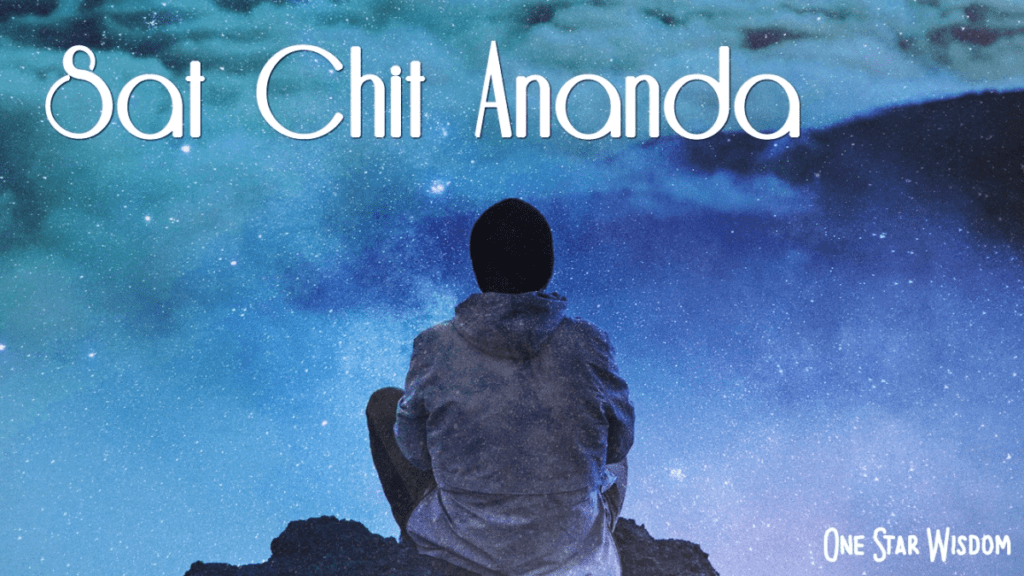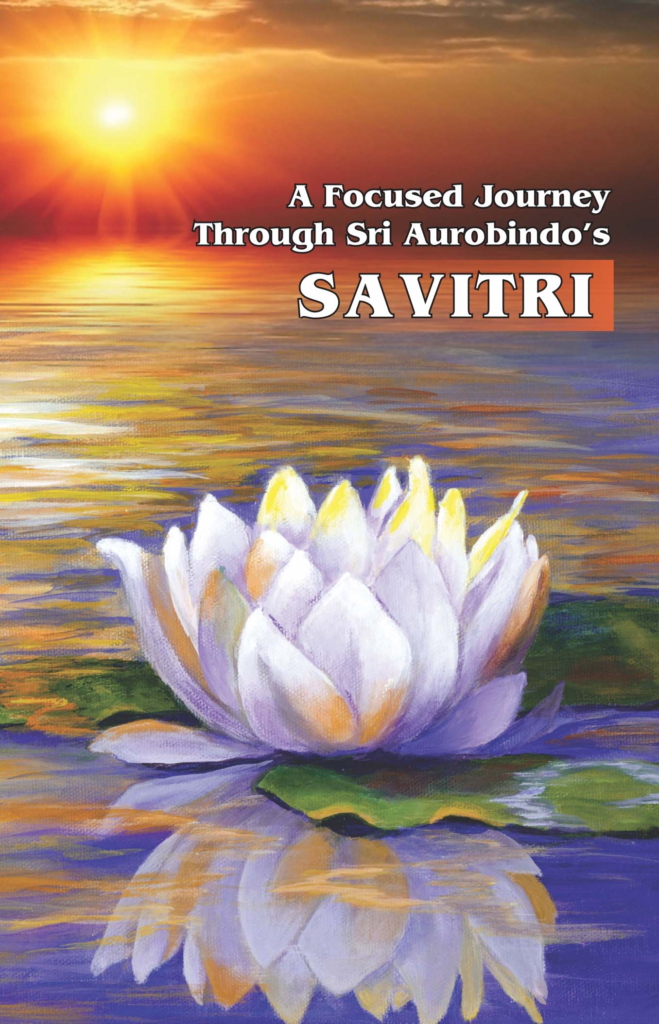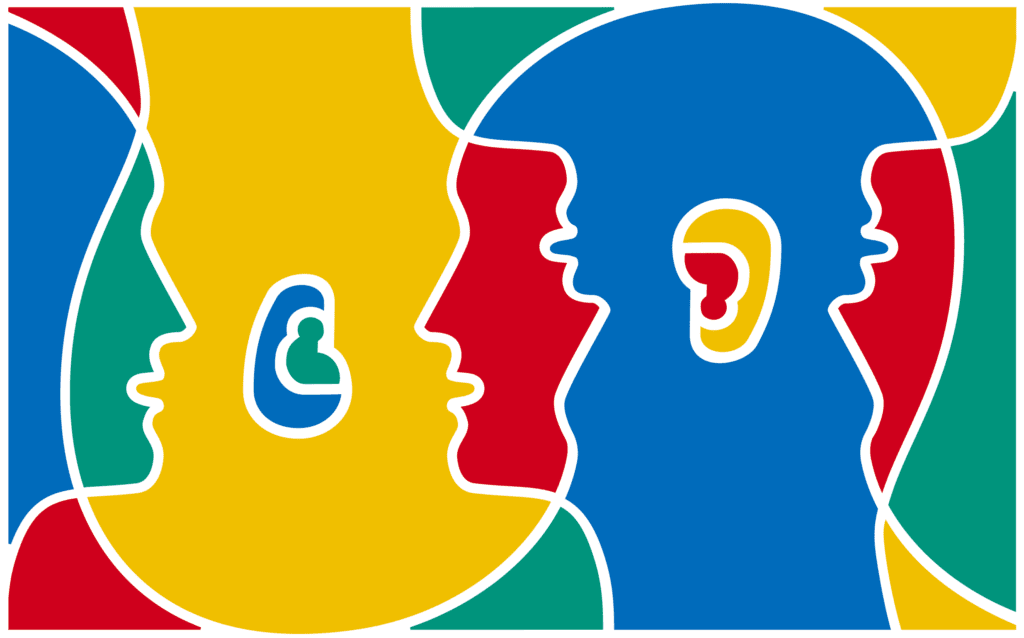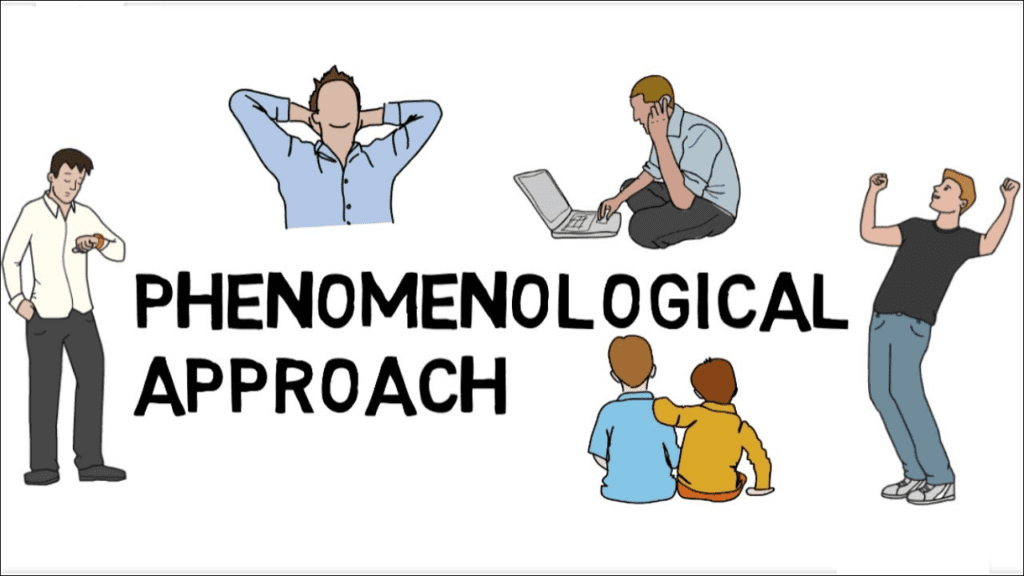- Visitor:15
- Published on:
Self and Self-Becoming in Individual and World: The Fourth Brahmana from first Adhyaya of Brihadaranyaka Upanishad (Part 1)
The hunger of “death” exists because it is seeking immortality. This is the only food that will satisfy it. It is seeking immortality because it remembers immortality at its root. It remembers the immortal horse that has been sacrificed.

The following content is edited by Rajabhishek Dey (Centre for Indic Studies) from an online talk on Part 1 of 4 in a Workshop by Professor Debashish Banerji at Sri Aurobindo Sadhana Peetham Lodi, CA September 17th, 2022. The original speech is reshaped in this article format with an intention to spread his voice more for our readers. The discussion is taken from the YouTube channel of Sir.
"This workshop continues the consideration of the first chapter (Adhyaya) of the Brihadaranyaka Upanishad. The first in the series dealt with the cosmic Time-Image of the sacrificial Horse (Brahmana One) and ontogenesis of Time from the "eternal event" of its Sacrifice (Brahmana Two). The second in the series (Brahmana Three) considered a cosmological approach to the same ontogenesis, now seen as a trans-individuation of the gods in their negentropic re-membrance aided by the psychic "breath in the mouth." This third workshop in the series deals with the next section (Brahmana Four) of the first Chapter, which takes a phenomenological approach to the same ontogenesis, now seen in terms of the self-evidence of the Self (atman) and the Being (Brahman). It introduces several "mahavakyas" (great sayings of the Upanishads) pertaining the spontaneous knowledge-by-identity."

Here, our study is about the 4th Brahmana/ section, of the first chapter/adhyaya of the Brihad Aranyaka Upanishad. This is the oldest Upanishad. Now, the fifth adhyaya highlights the term “purnam” which means whole. Or, if we take Haridas Chaudhary‘s translation- it is integral and that finds its name in the California Institute of Integral Studies.

The “integral” in the hymn is a kind of wholeness that cannot be subtracted from and out of which everything arises. And, it tells of a kind of measure that Shri Aurobindo calls “the mathematics of infinity”. Out of the integral, the integral arises. From the integral, if you take the integral it is integral that remains. It starts by saying “That is integral and this is the integral”.
❂ By the term “that” is meant whatever we other. Ultimately “that” is the transcendent which is often translated in Sanskrit by the word “tat”. It is used in the Upanishads repeatedly to refer to the transcendent, the extra Cosmic, that which is outside. This is the primordial Infinity from which the Infinity of the cosmos emerges. This is all that we include in the ambit of the self.

❂ “This” is what we can put a name to and understand, that which is known. “This” includes all that which is known, every instance in the universe all that is around us.
Each one of them is the radical Infinity. That which we cannot include because we don’t know what it is. The realm of the unknowable (firstly the realm of the unknown and then the realm of the unknowable) is the radical infinite. From the radical infinity, various kinds of bound Infinities emerge. These bound infinities are presentations of the radical infinite. Therefore, they are nothing but the radical infinite. If we take the radical infinite from the radical infinite, it is the radical infinite that remains. So, it’s this preamble that forms the beginning of the Isha Upanishad which is taken from the Brihadaranyaka Upanishad. It is a reference to this verse and it is good to remember this verse because that’s the content of what we are trying to contemplate here. Let us keep it in our consciousness as a form of attention that we are trying to experience and integrate into our consciousness.
The second or the earlier hymn says, “From the untruth lead me to the truth, from darkness lead me to light, from death lead me to immortality”. So, the three terms sat, jyoti and amritam (sat for truth, jyoti for light, amritam for immortality) are there. Now later, in another early Upanishad, the Taittirīya Upanishad, they will foreground three terms like this to refer to Brahman. Those three terms are satyam, gnanam and ananta. Satyam is truth, gnana is knowledge and ananta is infinity.

Even later, the three terms to describe Brahmana become more commonly known throughout Indian history as sat, chit and ananda. They are translated as truth, consciousness and bliss respectively. So, we can see almost a historical movement that Sri Aurovinda points to the second trinity from the Taittirīya Upanishad. The terms satyam, gnanam and anantham point to the fact that these are the objective correlates of what we call sat, chit and ananda. These 3 are experiential realities.
① We experience the truth/sat. It is “being” itself. So, sat is sometimes translated as “being” (it is that which is, pure being). The objective correlate of “being” is truth. It is “that which is”. It is experienced as “being” and seen as “truth”.
② The chit is “consciousness”. Similarly, in the second set of terms, it is experienced as consciousness and is seen as knowledge. Consciousness is the foundation of knowledge. If there were no consciousness there would be no knowledge.
③ Further, the third term Sri Aurobindo points out is the word “ananta”, which means infinity. Infinity is the objective correlate of bliss or if we reverse it, bliss is the subjective experience of infinity. It is the bliss we feel when boundaries are broken. That’s the condition of bliss. Every horizon that is crossed opens up the experience of bliss. So, a horizonless infinity, a radical infinity or “purnam” has pure bliss as its intrinsic experience. This is the Bliss that nothing can increase or decrease. It is infinite bliss.
Similarly, when we come to the three terms in their earliest incarnation, in the Brihadaranyaka Upanishad which is- sat, jyoti and amritam, these are three terms for the same Trinity.
➊ Sat translates through the three historical phases as truth or “being”.
➋ Jyoti or light is a synonym for gnanam or knowledge and is another aspect of consciousness or chit- the power of knowledge/light that which illumines.
➌ Next, amritam is the temporal manifestation of infinity/anantam. Amritam means that which does not die, that which cannot be made to cease, that which does not subject itself to impermanence, and that which is permanent is at the origin of time. It lasts through time and is perennial. It is infinity at the head of time and through all the moments of time. Hence, the inner condition of that infinity in time, the temporal Infinity is equally bliss/ ananda.
Now the passage in the Brihadaranyaka Upanishad will mention these three transitions-
“Lead us from untruth to truth.
Lead us from darkness to light.
Lead us from death to immortality”.

Then it will say, “All these three can be reduced to the third”. It is all about immortality. This is how it should be put in. That is something we should keep in mind throughout our study. One of the principal goals of the Upanishads is the exploration of temporal permanence (immortality). That is what we are considering here. The other thing to keep in mind from this chant is the transition from a state of lack ➡ to a state of completeness (to a state ultimately of immortality). In other words, we find ourselves in the conditions with which we begin the dark trinity or the inverse trinity- asat, tamas and mrityu (untruth, darkness or inertia in conscience and death). So, we start from this condition and we are aiming at immortality. This is the entire background of the Brihadaranyaka Upanishad. That is our condition.
We must keep in mind that the term “Brahmana“, which is related to Brahman is the term used for “section” in this Upanishad. It is being used in this way because this Upanishad, as one of the two earliest Upanishad (some of it overlaps with another Upanishad which is historically around the same time, the Chandogya Upanishad) is historically occurring over a period of time. It is related to a larger text of Shatapatha Brahmana. It is a brahmana- that is the name of that text and is attached to the last part of that text. Therefore, its sections are called Brahmanas, getting its name from the class of texts to which it is connected. The first Brahmana and second Brahmana have been translated by Sri Aurobindo. You can see it in his Kena and other Upanishads, the translation, a very striking first Brahmana with the image of the horse.

The presentation of the horse ? is done as a cosmic existence. It parallels the presentation of the cosmos as a person that we find in the Rig Veda, in the famous hymn called the Purusha Sukta. For the hymn, translating “purusha” as person is preferable, as later that term means “man”. There is a tendency to see it as an anthropocentric ‘him’. But, this is pre-anthropocentric.

The term purusa is not a gender term when it first appears. It means “person” and it is reality considered as a person. Moreover, it is a post-human person or a pre-human person. However you might want to call it, the term “post-human” is more suitable because it includes the human and transcends and exceeds it. Nonetheless, in this Upanishad, purusha is displaced onto a horse. Now, that in itself is interesting because it is like saying that the notion of the human as something which is a referent, even if we call it post-human or pre-human, is displaced onto an animal. But, that is also because this animal, the horse being part of a ritual is related to the coronation of emperors, known as Chakravartins.

A “chakravartin” is an emperor in the ancient Vedic sense. As a term, it means the turner of the wheel. “Chakra” is wheel and “bartate” means turns ⚙. By the idea of “turning the wheel” two ideas come in mind. Firstly, the chariot whose wheels turn and secondly, connecting the chariot to the Veda. In the latter case, there is the Sun ? whose Chariot travels across the sky, who by its power makes all the planets turn around it. It is the heliocentric idea and just to put a certain kind of misunderstanding out of the way, this idea is not a 16th-century Copernican idea. It is a very ancient idea. So that idea of the Sun as the center of a system, everything rotates around it has been translated onto the social sphere, in the idea of the emperor who rules over a circle.

In the Stellar regions, it is called Surya mandala, the circle of the Sun- the solar system! On Earth, it’s going to be called the rajya mandala, ?the circle of the emperor. We immediately see this translation is actually a translation of inequality, because somebody another, a human being is made the center of the social world. It is a feudal system. In all the other realities especially social realities, the kings ♚ are going to revolve and rotate around the center. The ritual is related to the “person”. In the Mahabharata we find this- the Aswamedha yagna/ritual, the sacrifice of the horse. “Ashwa” means horse. “Medha” has two meanings. This in the later sense means mind or brain but in a hazy earlier sense it means “meat”. The meat is related to the term medha (even in sound you can see part of the Indo-European origins).

So, Ashwamedha means the meat or flesh of the horse. The horse is made to travel around the surrounding territories of the king and if it gets free passage then the people in that kingdom accept that particular king as their emperor. Nevertheless, if they challenge it they go to war. In the victory lies the acceptance of the feudal status of that kingdom. At the end of this year (a one-year traversal of the neighboring territories by the horse), the horse is sacrificed and killed. There are entire rituals related to it but the principal ritual is that it’s meat is eaten. The Solar Circle, the power of the Sun to be the Chakravartin is contained in the horse, in its traversal, which is then consumed by the people, the emperor and his Circle. This is a very early ritual and that is one of the rituals establishing that King as an emperor Chakravartin. Now, the Upanishads (It is an entire subject in itself regarding it’s social status then and now) are in a way reversing the values of these understandings. It is primarily and in a simple way saying that this horse, which is the making process of the emperors, is the power of the Sun that pervades the solar world. This is an internal reality. It is this virtual structure of the cosmos that ultimately resides in each of us as the self. This is the birth because that is the connection between purusha of the Rigveda and ashwa of the Ashwamedha sacrifice.
This is the purusha or person in each of us. It starts with the cosmic description of the horse. Right away it tells you that this horse is the cosmos itself. Then, it says, describes, places and tells you that this force is the cosmos itself. It is both the spatial and temporal distribution of the cosmos. It is the way the sun produces time- the days and nights, the seasons, all that is within the horse. The horse is static. It is the static image within which time occurs. It is in that sense paradoxical. I have used the term “time-image” for it. That is the description of the first Brahmana and in the second Brahmana with which everything takes off in the Brihadaranyaka Upanishad. Without telling us what has happened, we are plunged into darkness.

In the second Brahmanas we don’t hear about the horse to start with. We start with this condition of the void or absence of non-being. In this condition of non-being we see arising of the mind of death at first. So void is not just absent of all things. If it is understood like this, it generates something just like we are talking about an Infinity that generates another Infinity. It gives rise to the void of death. Then, it immediately tells you what is the difference between a radical void and the void of death. It says, “death, which is hunger”. It is an insatiable hunger that eats at all things. In other words, it is time itself. That’s why in the Indian systems, death is sometimes called “kaala” and related to Shiva as the destroyer. This is the time that is always ending anything and that has a beginning.

The hunger of “death” exists because it is seeking immortality. This is the only food that will satisfy it. It is seeking immortality because it remembers immortality at its root. It remembers the immortal horse that has been sacrificed. In its death, the horse remembers its origin. The cosmos is the sacrificed horse. We are partakers and meat eaters, down to our flesh. We are partakers of the condition of the sacrifice of the horse. In us, the sacrifice of the horse lives. It lives with its hunger and it lives with its insatiable thirst that is looking for immortality… which is the only thing that can quench it. This is what relates the context of the Brihadaranyaka Upanishad with that chant, in which it says it ends with saying, “If we talk about it now, all these three terms – sat chit anada are really about immortality, the seeking for immortality”. So, the second Brahmana talks about this in terms of the re-emergence of the horse from that condition of death which is hunger.

It is very interesting that when we study it we can relate it to the beginning of “Savitri, the symbol of dawn” by Sri Aurobindo. A memory works at the very origins of the life that has died. That keeps repeating the night and also opens to a new day. This memory stirs. It is the appearance of a begining but never a beginning. It is always a memory of a beginning. This is because the sacrifice of the horse is a time-image. It is static but contains time within itself. Our experience is a temporal experience. We lack the connection with the static image at the head of time. The mother at the head, stands for birth, toil and fate. At the head of time stands the time image. We have lost that contact because we are part of the condition of this sacrifice- the post-sacrifice condition. We are consumed by our hunger. Further, we consume whatever we can because we are consumed by our hunger. We hunger after things and things hunger after us. Sri Aurobindo translates a passage from the Taitteriya Upanishad– “the eater eating is eaten”. Even as we eat, on the other hand we are also compelled to eat. There is something which is eating us always. This is where we find the second Brahmana, the condition from which the stirring of memory starts throwing up the constituents of the cosmos. From here, one by one the elements in the Upanishads emerge. This memory lies behind all the elements and ultimately, this memory is the fire. Even before it emerges, it comes out first as in that particular sequence with other elements. But finally, it emerges as fire ?and then as everything. Lastly, it comes to light and becomes visible. Now, the invisible and virtual cosmos becomes actual. It takes on an appearance and that appearance becomes material- becomes water and earth. In that appearance, we find the reconstitution of the horse. The cosmic horse returns but no longer as the time-image that is immortal, but now as the image that is subject to death. The sacrifice of the horse is relived by this new horse, again and again, through rebirth. It is reborn. Constantly, it dies and is reborn.

The being becomes first the virtual image of becoming. Then, it transforms into the actual instances of a million becomings. Thus, each of us is becoming or is a self-becoming of the horse. Moreover, as a self-becoming of horses, we turn into the horse by ourselves. This is one of the terms the Upanishads will introduce in displacing the notion of the emperor from another human being, at the center of the social circle to that which is at the center of every individual. It pluralizes and democratizes both in that sense. This is how the second Brahmana ends. It gives us the first two Brahmanas (It gives us an ontology, a state of being). The third Brahmana is starting where the first Brahmana ends. In other words, this re-emergence, this search for immortality, this hunger for the return is now no longer outside in some realm of everlasting day. In Savitri, the poem rejects the word- “returns of being”, with the knowledge of its own immortality. The condition of material immortality is to be born perpetually in time (the first chapter of the synthesis of yoga deals with being born perpetually into time). We are not here to remain as static images. That is not the immortality of integral yoga. We find the third chapter is returning to the idea of the emergence out of the sacrifice. However, it is telling it in a new way. If the second chapter was an ontology of the reconstitution of the horse, the third chapter is a cosmology of the reconstitution of the horse.

By cosmology it means that it is telling this now as a system of gods and demons (devas and asuras). This emergence out of the forgetting is the churning that is taking place where the will to forget and the will to the sacrifice is pitted against its opposite. This is the will to the ascent, to the helios (Sun), creating a vertical axis in which those two forces are equal. Here, no one has privilege. The gods don’t have privilege over the gravitational forces that dismember us. Here comes the way in which the third Brahmana solves this duality. It says that there is a secret breath in all of us- the hidden breath in the mouth where all the faculties, all the gods are there. There is a displacement of the notion of the Gods to a psychological register. The gods are not Indra and Varuna or any other gods of the Veda. These gods are our eyes, ears, tongue, breath and nose. The gods are in us and are our faculties of knowledge and of action. These gods, each of them, has a double will in it.
If you read the triple soul forces in Savitri, you will remember that every goddess comes with its dark opposite on which it stands. It is compromised by that other being that it has to have with it. Here it is even more radical. It is a splitting of the two. The demonic half wants to obliterate the ascending will. Moreover, this “ascending will” wants to obliterate the will towards destruction, the sacrifice and death. The one that can change is the portion of the helios that is inside each of us, as an energy, as a Shakti, a power of breath. It is a secret breath. That Brahmana is about how the gods are trying to overcome the demons. We started with the “Aum” in the hymn.

But even before someone is chanting this Aum or when tingsha (a kind of bells used in prayer and rituals by Tibetan Buddhist practitioners) was struck, that is the Aum ॐ which was already present as the primordial sound. It creates infinite space. It creates, and opens up infinite space and the gods say, “If we utter the Aum, it will create the space in which there will be no demons”. It will create a space of infinity. The demons are always restrictions on the space of infinity. Every faculty that tries to intern the Aum is immediately infected by its opposite. Not one of these Gods can survive against their opposite, the demonic power that infects them. Suddenly out of their collective desire to overcome, somebody a stranger comes into their midst. It is the breath in the mouth- the secret breath! They don’t even know what it is. When that intones the AUM it can’t be infected. Those demonic powers are shattered when they try to attack it.

Then, the gods are taken out of the cosmos to earth firstly to the far reaches of the cosmos by the power of the clearing the space that is cleared. It is only in retrospect that they say, “Who was this among us? Where is it? Where did it go?”. This passage is very interesting because it is related in a way later to the Kena Upanishad. Sri Aurobindo uses the term “daemon” over there. Who is this mighty daemon? Who is this daemon that was within us? It is not “demon” but “daemon”- the spirit breath that was within us. The breath reveals itself. It says, “I am the Angirasa”. This is a term for the forefathers of the Vedas and the Upanishads are full of these humorous puns. “I am the Angirasa ayasya”– It means, “I am the ancient Rishi, the origin of the Veda”. The kind of irony of it is that they are at the same time undercutting the scriptural authority of the Veda. The Angirasa, the origin of the Veda, is not something that we have to accept from the past. It lives inside us as our essence. Angirasa means (they’ll tell you that it’s like they explicate their own puns) the rasa of the anga. “Anga” means limb, every limb and the term “rasa” means essence. So what is the truth? It is the essence of every limb. It says to every one of the Gods, “I am your essence. I am what unites you all. I am the integrating factor. If instead of trying by yourself you turn to me, you gather around me, you will be integrated and find that which unites you. By that power exceed the limitations of the sacrifice”.

This is what is called psychicisation or gathering around the psychic being. In other words, it is becoming one with the psychic being or the psychic energy. This is the third Brahmana. Now, we come to the fourth Brahmana which takes the same condition, the condition of the sacrifice.
We first had the time image of the horse in the first Brahmana. In the second Brahmana we understood the condition of the sacrifice and here the emergence from the sacrifice was seen as an ontology. In the third brahmana the emergence from the sacrifice is seen as a cosmology and now its time that we will comprehend it as a psychology.

We may also call it phenomenology. Here, the questions arisisng are- how do we experience it? what is the experience of it? Thus, now we turn into another language which is a philosophical language. This is an existential philosophy under phenomenological philosophy of the reverse sacrifice.
… to be continued.
Link of the main video talk:
Center for Indic Studies is now on Telegram. For regular updates on Indic Varta, Indic Talks and Indic Courses at CIS, please subscribe to our telegram channel !
- 7 min read
- 0
- 0










